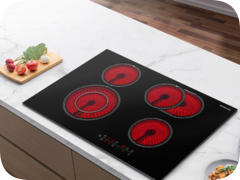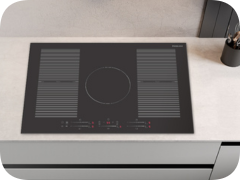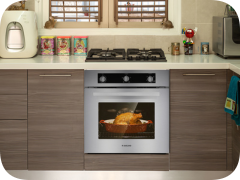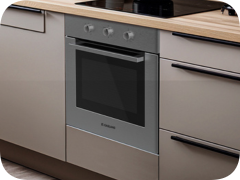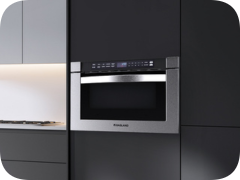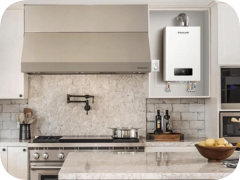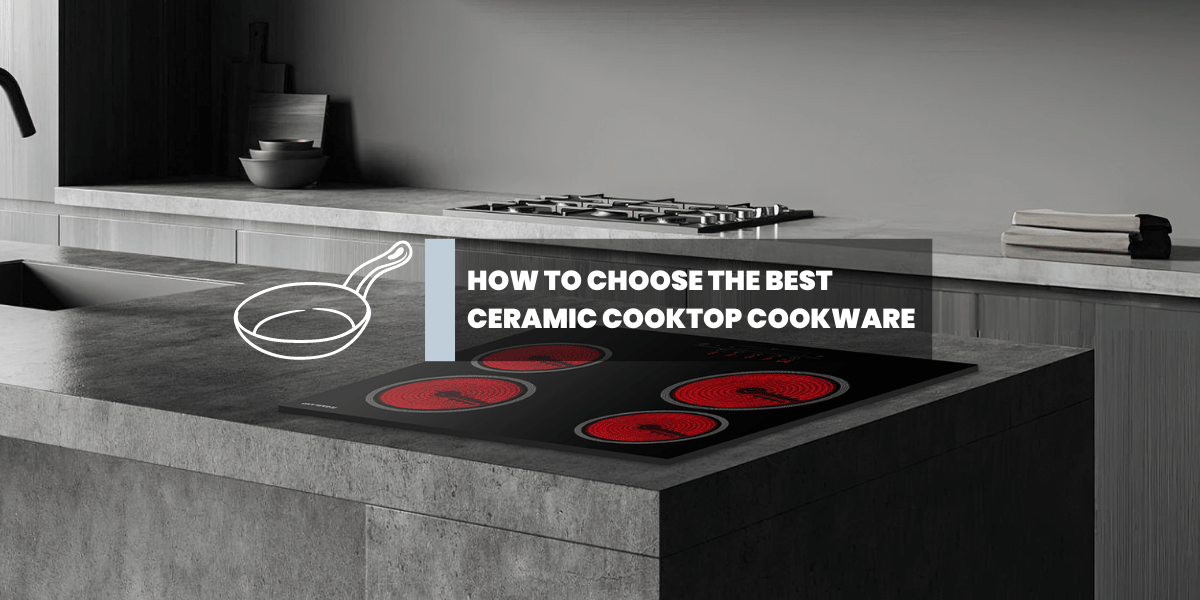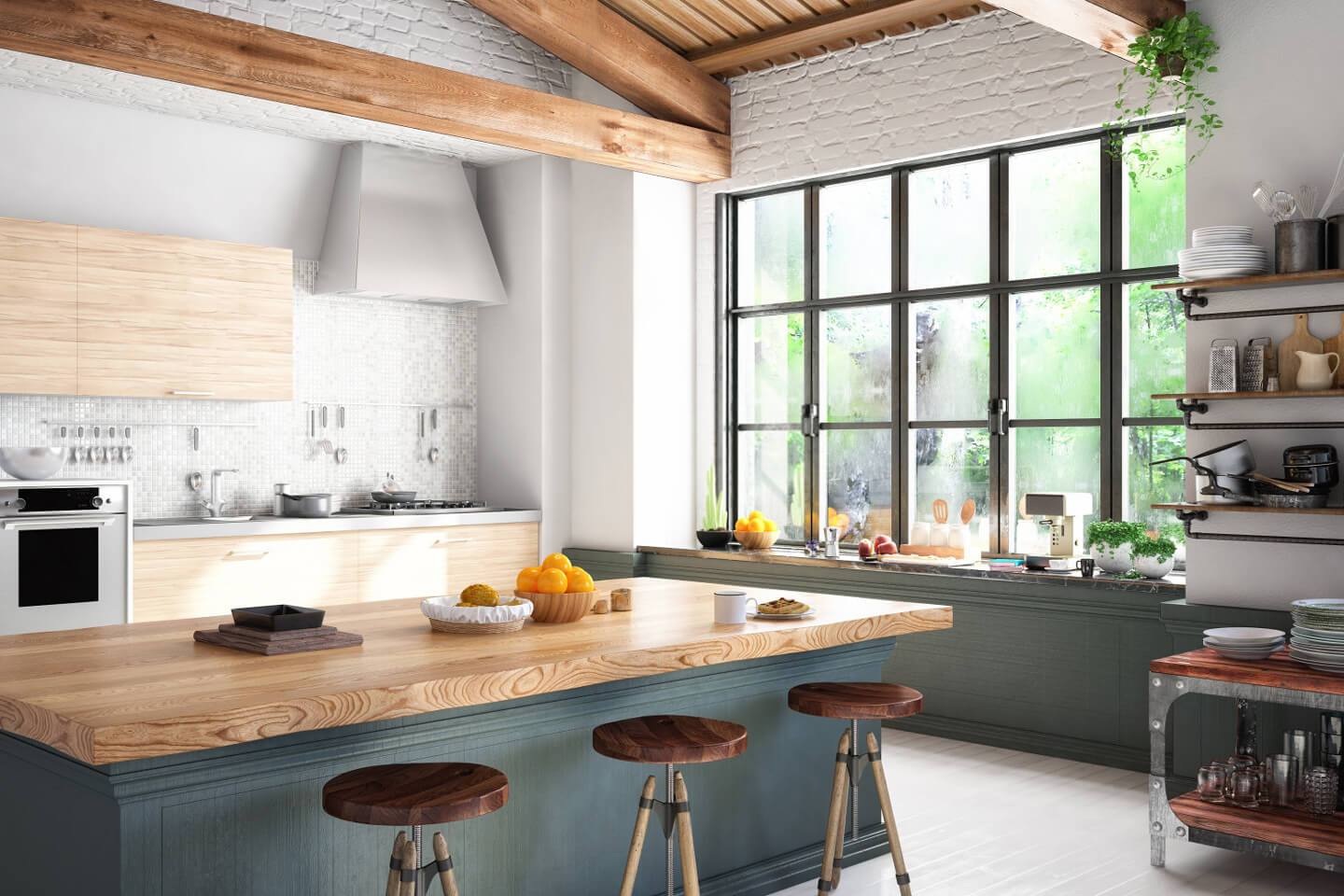Induction cooking has revolutionized the culinary world with its efficiency, speed, and precision. However, to fully reap the benefits of an induction cooktop, it's essential to pair it with the right cookware. If you're considering upgrading your kitchen or have already made the switch to induction, here's a comprehensive guide to help you choose the best induction cookware.
Understanding Induction Cooking
Before diving into the specifics of induction cookware, it's important to understand how induction cooking works. Induction cooktops use electromagnetic fields to directly heat cookware, resulting in faster cooking times and more precise temperature control. This method requires cookware made of ferrous materials (those containing iron) that can interact with the electromagnetic field.
Key Factors to Consider
1. Material Compatibility: The most crucial factor when selecting induction cookware is the material. Not all materials work with induction cooktops. Look for cookware made from or containing:
- Cast Iron: Highly magnetic and excellent at retaining heat, though it can be heavy and requires maintenance to prevent rust.
- Stainless Steel: Durable and often combined with other metals like aluminum or copper for improved heat conductivity. Ensure it has a magnetic base.
- Enamel-Coated Cast Iron: Combines the heat retention of cast iron with an easy-to-clean enamel surface.
- Carbon Steel: Similar to cast iron but lighter and often used in professional kitchens.
To check if your existing cookware is induction-compatible, try the magnet test: if a magnet sticks to the bottom of the pan, it will work with induction.
2. Flat Bottoms: For optimal performance, induction cookware should have a flat bottom. This ensures full contact with the cooktop surface, allowing for efficient and even heat transfer. Warped or uneven bottoms can result in poor cooking performance and potential damage to the cooktop.
3. Size and Shape: The size of your cookware should match the size of the induction burners on your cooktop. Using cookware that is too small or too large can lead to inefficient cooking and uneven heating. Additionally, consider the shape of the cookware; flat-bottomed, straight-sided pans generally perform best on induction cooktops.
4. Quality and Durability: Invest in high-quality cookware from reputable brands. While it might be tempting to opt for cheaper options, quality cookware lasts longer, performs better, and often comes with warranties. Look for cookware with thick, multi-layered bases for even heat distribution and durability.
5. Handles and Lids: Ensure that the handles are sturdy and heat-resistant. Lids should fit snugly and ideally be transparent so you can monitor cooking without lifting the lid and losing heat. Some cookware sets come with interchangeable lids, which can be convenient and space-saving.
Maintenance Tips
To prolong the life of your induction cookware:
- Avoid Overheating: Excessive heat can damage the cookware and its nonstick coating.
- Use Proper Utensils: Avoid metal utensils that can scratch the surface; opt for wooden, silicone, or plastic utensils.
- Clean Gently: Use mild detergents and soft sponges to clean your cookware. Avoid abrasive cleaners that can damage the surface.
- Store Properly: Stack cookware carefully to avoid scratches and dents. If space allows, hang them to prevent stacking damage.
Conclusion
Choosing the right induction cookware is essential for maximizing the benefits of your induction cooktop. By considering material compatibility, flat bottoms, size and shape, quality and durability, and handles and lids, you can ensure a great cooking experience. Invest in high-quality cookware, maintain it properly, and enjoy the efficiency and precision of induction cooking in your kitchen.
📧CONTACT US: SERVICE@GASLANDCHEF.COM
🛒Shop GASLAND Chef at: https://gaslandchef.com/


